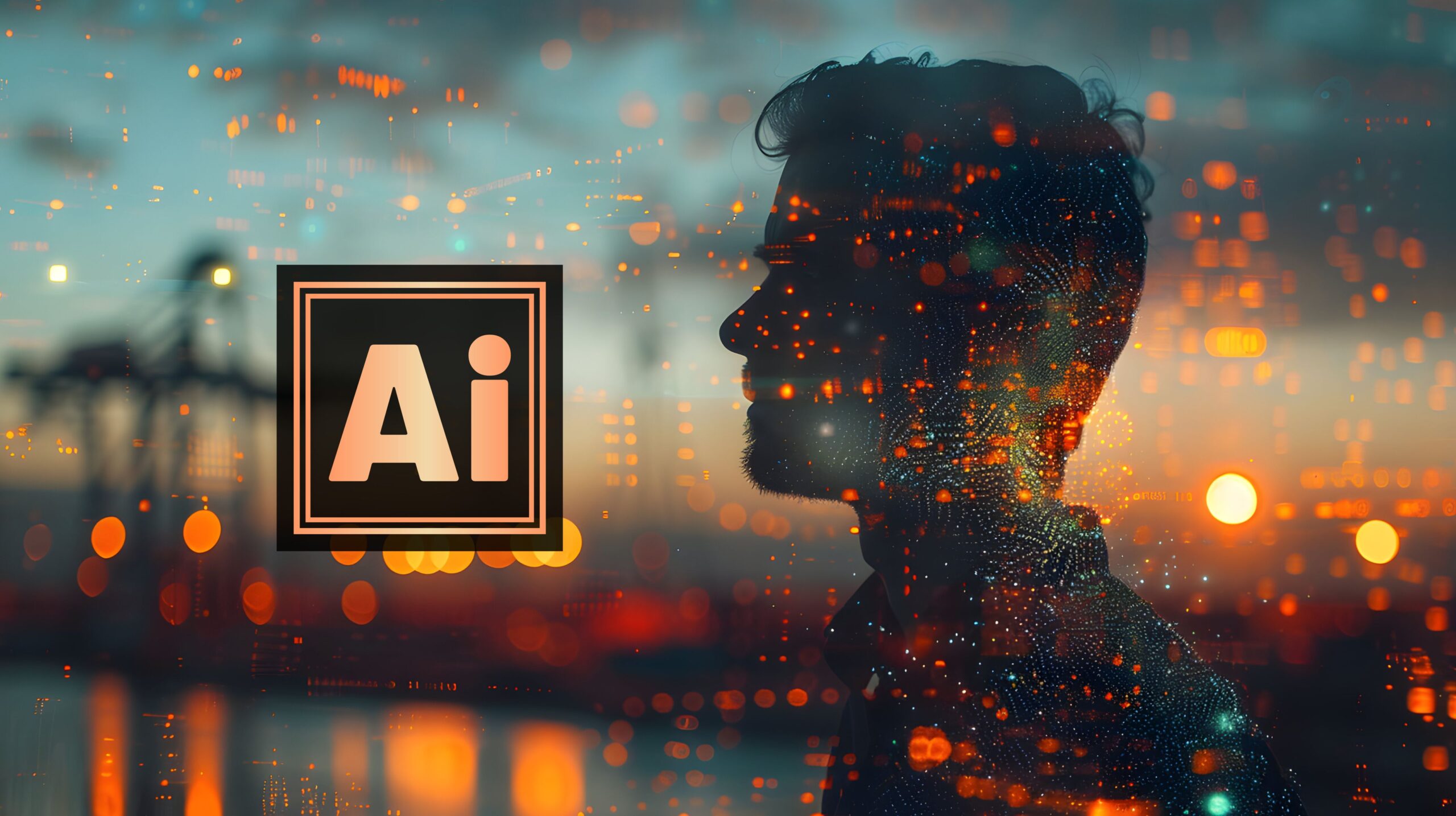In recent years, the emergence of generative AI in education has sparked a revolutionary shift, promising a future where personalized learning and innovative teaching methodologies become the norm.
This transformative technology has the potential to customized educational experiences to individual student needs, enhance the creation of instructional materials, and redefine the role of educators. However, like any significant technological advancement, it brings its own set of challenges that need careful consideration.
- Personalized Learning Experiences
One of the most exciting prospects of generative AI in education is its ability to create personalized learning experiences. This approach utilizes data on students’ past performances, strengths, weaknesses, and preferences to craft lesson plans that cater specifically to each learner’s requirements.
Imagine a classroom where every student has access to a learning path that is not only aligned with their academic needs but also their interests and learning pace. This level of personalization is particularly beneficial for students with unique learning needs, such as those with disabilities or attention disorders. Generative AI can provide these students with accessible tools, like text-to-speech applications, making education more inclusive and equitable.
By acknowledging and addressing the diverse needs of students, generative AI in education paves the way for a more engaged and motivated learning environment.
- Innovative Course Design
Generative AI also plays a pivotal role in reimagining how courses are designed. It enables educators to organize materials, syllabi, and assessments in a manner that directly addresses students’ learning gaps while catering to their preferences.
Moreover, the integration of technologies such as virtual reality creates immersive learning experiences, transforming traditional classrooms into dynamic environments where education is not just consumed but experienced.
Such innovative course designs not only make learning more engaging but also deepen students’ understanding by offering hands-on, interactive content. Generative AI in education thus acts as a bridge, connecting theoretical knowledge with practical application, and preparing students for real-world challenges.
- Efficient Content Creation
The capability of generative AI to generate educational content swiftly and effectively is a game-changer for educators. It streamlines the process of creating diverse teaching materials, including quiz questions, exercises, and summaries.
Additionally, it can produce supplementary resources such as reading lists and even scripts for video lectures, greatly reducing the time and effort required by teachers to prepare comprehensive learning materials.
This efficiency in content creation not only alleviates the workload on educators but also ensures that students have access to a rich variety of learning resources. As a result, the educational process becomes more dynamic, allowing for a broader exploration of subjects and topics.
- Data Privacy and Security
Amid growing concerns over data privacy, generative AI in education offers a promising solution through the creation of synthetic data sets. These data sets simulate real-world information without revealing personal details, thus safeguarding student privacy. This approach not only protects individuals’ data but also facilitates the development of sophisticated AI models that can enhance the educational experience without compromising security.
- Enhancement of Learning Materials
Generative AI has the remarkable ability to rejuvenate dated or low-quality educational resources. Using advanced techniques, it can restore historical documents, films, and images, making them more accessible and engaging for study. This capability is invaluable, especially in subjects such as history and art, where the quality of materials directly impacts students’ learning and appreciation of the content.
- AI Tutoring Systems
The development of AI tutoring systems is another significant contribution of generative AI in education. These virtual tutors provide personalized support, offering instant feedback and assistance customized to each student’s learning journey. Such systems are especially beneficial for students who lack access to traditional tutoring resources, ensuring that every learner has the opportunity to succeed.
Moreover, generative AI can automate administrative tasks through AI chatbots, allowing educators to focus more on teaching and less on clerical duties. This shift not only enhances the efficiency of the educational process but also allows teachers to dedicate more time to student interaction and personalized instruction.
Generative AI in education promises to revolutionize how learning is personalized, courses are designed, and educational content is created, driving towards a more inclusive, engaging, and effective educational system. Its capabilities to ensure data privacy, rejuvenate learning materials, and offer AI-driven tutoring highlight its potential as a transformative tool in education.
Uttaranchal University is pioneering the integration of generative AI into education through specialized programs. The B.Tech. (Hons.) in Computer Science Engineering in Artificial Intelligence and Machine Learning at Uttaranchal University exemplifies this forward-thinking approach. This program aims not just to educate students on the technicalities of AI and machine learning but also to imbue them with the critical thinking necessary to apply these technologies ethically and effectively in the real world.
By fostering a curriculum that bridges the gap between theoretical knowledge and practical application, Uttaranchal University is preparing a generation of learners adept at leveraging generative AI in education and beyond. This initiative underscores the importance of thoughtful implementation and continuous evaluation in harnessing generative AI’s full potential, ensuring students are equipped with the knowledge and skills needed for a future dominated by digital innovation.
Article written by
Blog Categories
- 1
- 3
- 1
- 1
- 17
- 8
- 16
- 1
- 1
- 1
- 1
- 1
- 1
- 2
- 1
- 1
- 5



